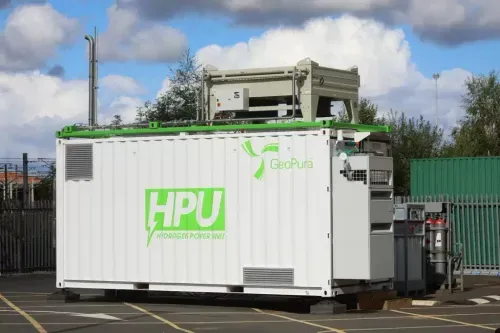The State of West Virginia has issued a permit to construct the world’s largest planned ammonia facility.
The Adams Fork Energy project in Mingo County, jointly developed by TransGas and the Flandreau Santee Sioux Tribe, is slated to reach COD in 2027. When fully built out, the six ammonia production plants would pump out 6,000 mtpd for domestic and international use.
Offtakers in agriculture, shipping, and energy generation are all being explored for the project, according to a source familiar with the situation. Onsite electricity production for off-grid data centers is another possibility stakeholders are taking seriously.
Hydrogen produced by Adams Fork could produce up to 5,000 MW of electricity, the source said. Six Sigma could power co-located data centers without requiring a grid interconnection.
Coal mine waste methane is planned as a fuel source for the plant, which has access to the largest fresh water mine pool in the eastern US adjacent to the site.
The site is near Gilbert Creek, West Virginia, on a reclaimed coal mine.





